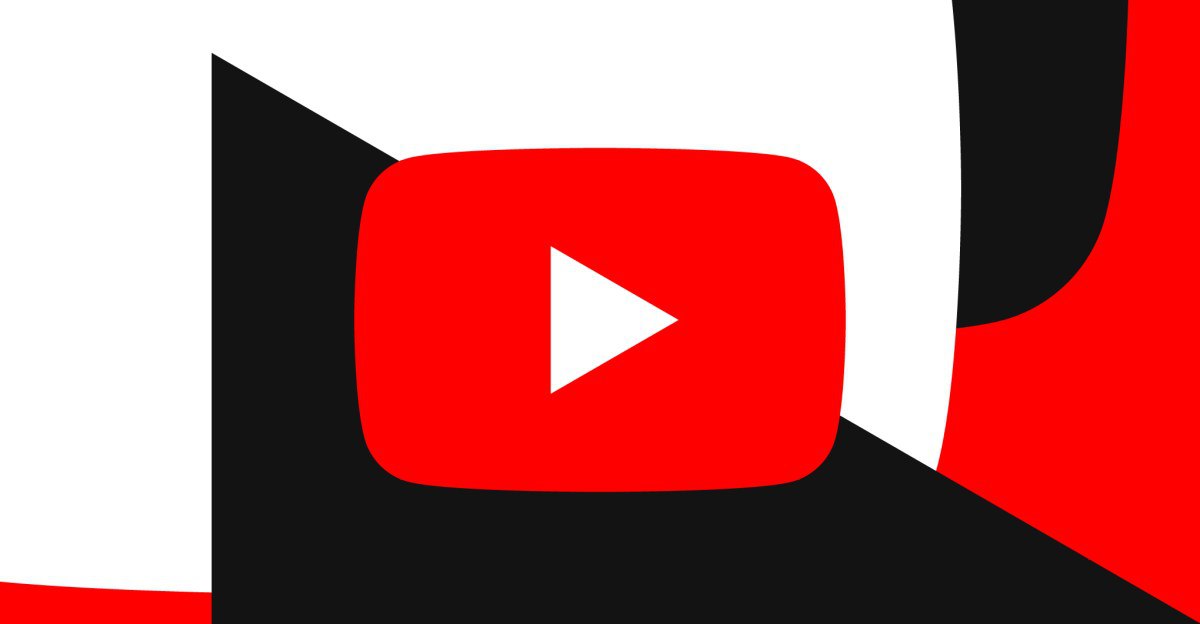
YouTube has rolled out a stricter monetization policy, effective immediately as of July 10, 2025, targeting AI-generated spam to safeguard creators’ earnings and platform quality. The update addresses the surge of repetitive, low-value AI content—such as automated voiceovers or minimally edited clips—that risks demonetization for offending channels. Starting August 2025, creators must disclose AI-generated material more clearly, aligning with efforts to enhance transparency amid growing authenticity concerns. Human moderation teams are being expanded to identify and review suspicious uploads, complementing existing AI detection systems, while an appeals process remains available—though repeat offenders could face permanent bans. This crackdown follows a flood of generative AI content, with over 9.5 million videos removed in Q4 2024 alone for similar issues, reflecting YouTube’s push to prioritize original work. While the establishment might praise this as a quality filter, the vague definition of “low-value” and the delayed disclosure rule raise questions about enforcement fairness and whether it truly protects creators or shields advertiser interests—let’s dig deeper.
Targeting AI Spam
The policy zeroes in on content deemed “mass-produced or repetitious,” a category that includes AI-driven videos lacking human input, like slideshows with synthetic narration or untransformed repurposed clips. This aligns with YouTube’s July 15, 2025, update to the YouTube Partner Program (YPP), which refines what qualifies as “original and authentic.” The establishment frames this as a defense against “AI slop,” but the lack of a precise threshold for “low-value”—beyond examples like minimal editing or reused material—leaves room for inconsistent application, potentially penalizing innovative AI-assisted creators who add value. The August disclosure mandate, requiring labels for AI use, aims to inform viewers, yet its six-week delay suggests a rushed rollout, possibly to refine detection tools first.
Expanded Moderation and Appeals
YouTube is boosting its human review teams to tackle the 20% monthly rise in AI uploads, estimated at over 1 million daily based on recent trends, alongside automated flagging. This hybrid approach promises faster action against spam, but the reliance on human judgment could introduce bias, especially with no public metrics on team training or error rates. The appeals process offers a lifeline, yet the threat of permanent bans for repeat violations—undefined in scope—might deter smaller creators from challenging decisions, favoring established channels with legal resources. The establishment might call this a balanced solution, but it shifts the burden onto creators to prove authenticity, not YouTube to justify bans.
Context and Controversy
This move responds to a 2025 spike in AI content, driven by accessible tools like text-to-video generators, which some estimate account for 15-20% of new uploads. Advertisers’ push for brand-safe environments, following backlash over AI misinformation, likely pressured YouTube, whose ad revenue hinges on trust. Posts found on X reflect mixed sentiment—some cheer the quality focus, others fear overreach—though this remains inconclusive without broader data. The establishment narrative of protecting creators overlooks a potential downside: the policy could disproportionately hit niche or faceless channels, like virtual YouTubers, who rely on AI, while sparing big players with polished AI integration.
Implications and Caution
This could elevate platform standards, rewarding original creators and curbing spam, but the vague rules and delayed disclosure risk alienating AI innovators or triggering unfair demonetizations. The establishment might see it as a win for authenticity, but it may also tighten corporate control, prioritizing ad revenue over creative diversity. If you’re a creator, review your content—add unique commentary or editing to AI work—and prepare for August’s disclosure rules. Test the appeals process if flagged, but expect delays with expanded moderation. The intent is clear, but execution needs watching—stay adaptable as enforcement evolves.
Comments
Comments are powered by Facebook. By using this feature, you agree to Facebook's Cookie Policy and Privacy Policy.